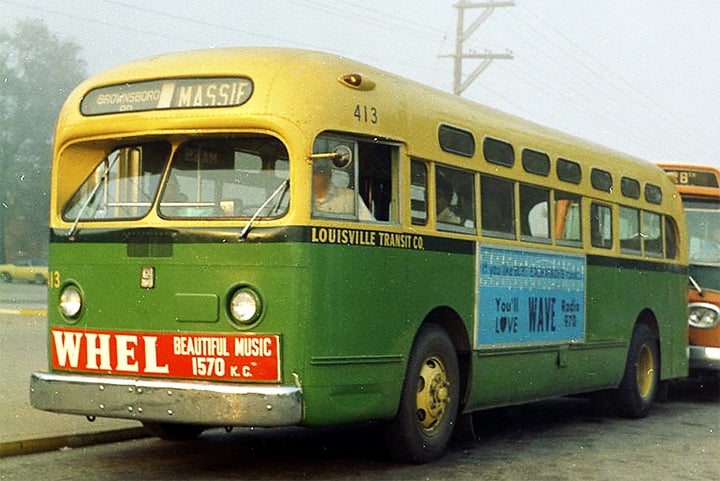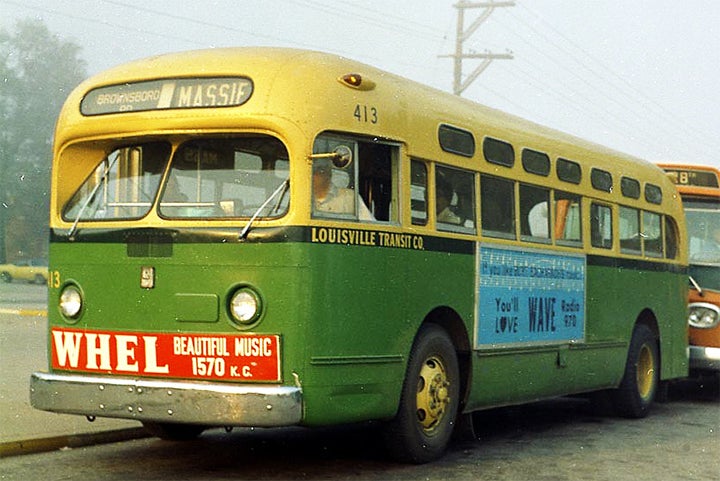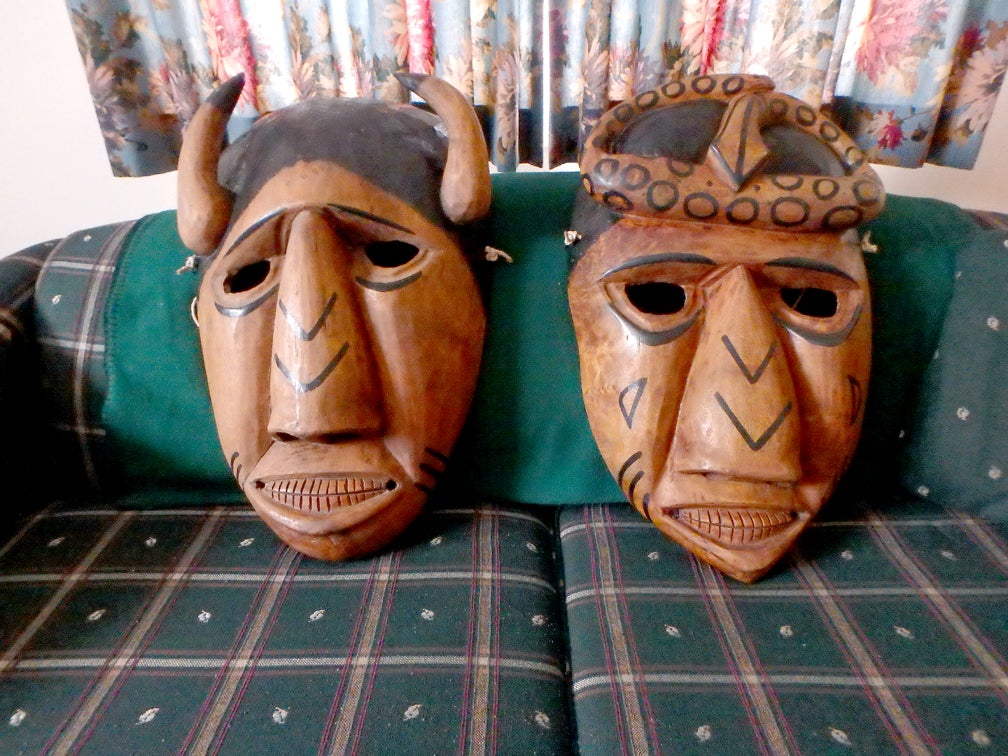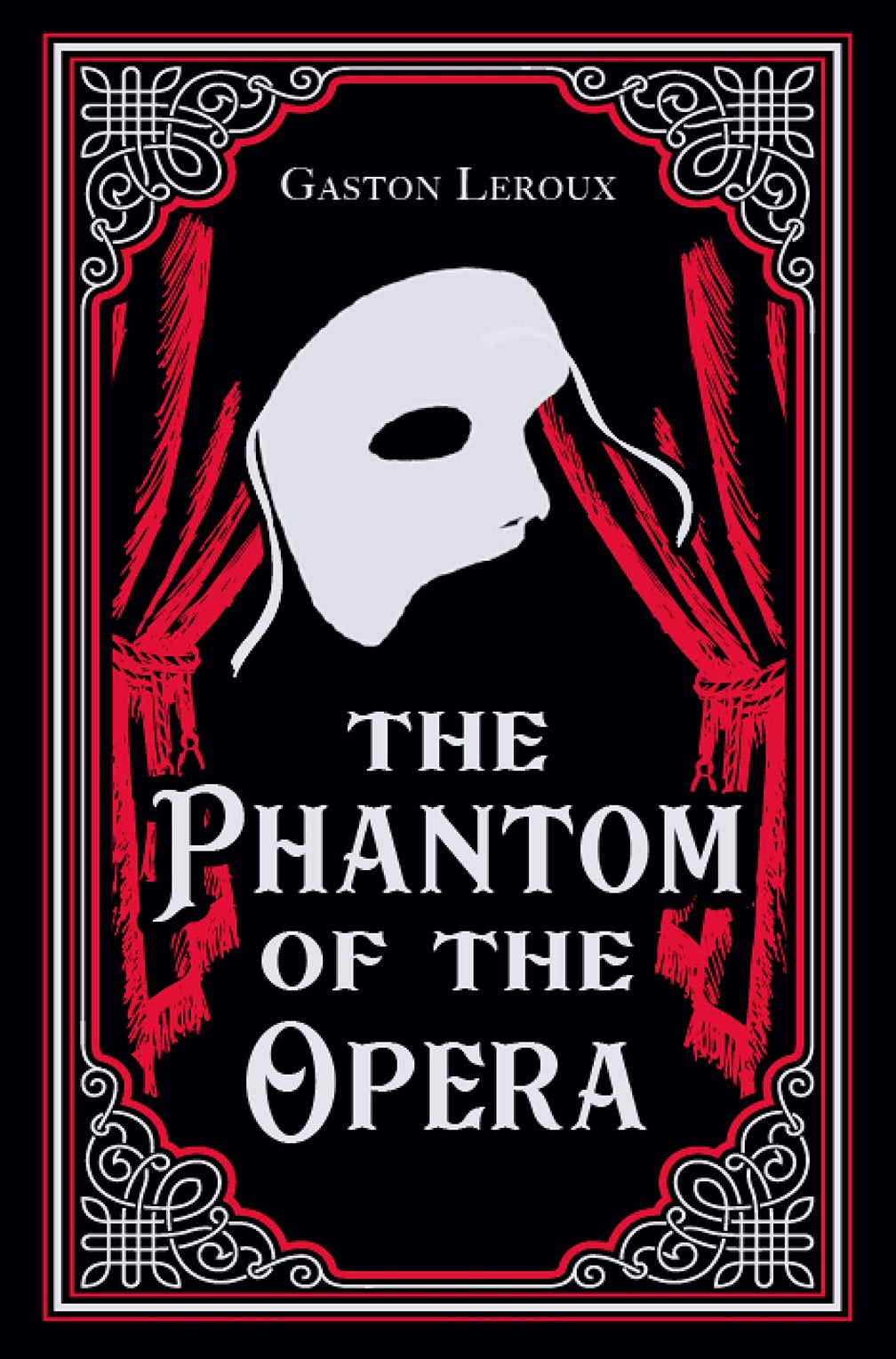Today, citizens of Frankfort enjoy a superb, locally operated public bus transit system, Frankfort Transit. For the past few months, the Capital City Museum has been working on a public transit time line of the city of Frankfort.
The basic time line is as follows: Circa 1820, horse-drawn hackneys; 1886, horse-drawn streetcars; 1894, electric powered streetcars; 1934, streetcar service ends and Capital Transit, a private bus company, starts up; 1967, Capital Transit ends bus service; and in 1968, the city of Frankfort starts its own bus service — Frankfort Transit. To start its bus service, the city purchased Capital Transit’s still operable buses.
While much is known about the horse car and electric street car lines, almost nothing is known about Frankfort’s private bus operations between 1934 and 1967. The Capital City Museum has little documentation on public transportation in Frankfort during the last half of the 20th century.
The following is what we have pieced together: Capital Transit began bus service in 1934. In 1946, Capital Transit became a subsidiary of the Louisville Railway Company, with A. Victor Gretter as Capital Transit General Manager. The company operated three all-day bus routes in Frankfort — Capitol Heights, East Main and Thorn Hill, plus two rush hour routes, Bellepoint and Old Stagg Distillery.
In 1951, Louisville Railway Company and Capital Transit merged to form Louisville Transit Company. Within Frankfort, the newly formed company operated five 1951 built General Motor 31-passenger TGH-3102 coaches numbered between 401-405 and 407-420. These buses were all owned by Louisville Transit and so heralded on their sides.
While routine vehicle maintenance was carried out on the buses in Frankfort, major overhauls took place in Louisville. Therefore, any of the 19 Louisville Transit Company’s TGH-3102 buses could work Frankfort. The last Louisville Transit Company bus to operate in Frankfort was No. 410.

The following is what we have been able to determine were the Capital Transit bus routes in 1960:
The Capital Heights Route started at Main and Ann. It ran up to the Capital Avenue Bridge and there turned to reach Second Street. Down Second for a left turn at Shelby Street, then up Shelby to Lafayette Drive where it turned left to circle in back of the Capitol. The bus then ran down Capital Avenue to turn right on Todd Street to travel to Murray Street. Next, the route turned left on Murray for Second Street, then down Second to the Singing Bridge for a run up St. Clair to Main Street. Last was a right turn on Main for Ann Street.
The East Main Route started at Ann and Main Street and ran up Main Street to Versailles Road. Here it turned left on Versailles Road for Lyons Drive where it turned right and ran to Strathmore Drive. Here, it turned left for Sunset Drive where it turned left to return to Versailles Road, from which point the bus retraced its route to High Street. At High, it turned for Broadway and followed Broadway to Wilkinson, then Wilkinson to Main and last, Main to Ann Street.
The Thornhill Route left from the corner of Ann and Main streets and ran to High Street where it turned for Holmes Street. The bus ran out Holmes to Daily Avenue where it turned for Letcher Avenue. Then over Letcher to Swigert Avenue where it turned for Holmes and a return journey via Holmes Street to Mero Street. Then down Mero to Wilkinson and a left turn to Main Street to return to the route’s starting point.
From the above paragraphs, it appears that there were three city bus routes, however there were, in reality, only two. The Thornhill bus and the East Main bus also serviced the Capital Heights Route. The Thornhill Route bus serviced Capital Heights on the hour and the East Main Route on the half hour.
The Bellepoint Rush Hour Route started at the corner of Ann and Main streets, went up Main to High Street where it turned for Broadway. Then down Broadway and over the Kentucky River Bridge to Taylor Avenue where the bus turned right to Benson Avenue, then down Benson to Kentucky Avenue, over Kentucky to Dabney Street for a left turn to Polsgrove Avenue, down Polsgrove for a run over Benson and Taylor for a recrossing of the Kentucky Bridge to Wilkinson. Then a right on Wilkinson and a left on Main to get back to Ann Street.
The Distillery Rush Hour Route started at the corner of Ann and Broadway streets and ran the same route as the Bellepoint run until the Broadway Bridge was reached. Here, instead of crossing the bridge, the bus turned right on Wilkinson for Old Stagg Distillery where it entered the distillery via Old Lewis Ferry Road. The return route from the distillery followed Wilkinson to Main where it turned left for Ann Street. The Distillery and Bellepoint routes were, at times, combined routes while, at other times, run as disjointed routes.
A schedule of the times the bus left from and would arrive back at Ann and Main was posted on a pole located on the southwest corner of Ann and Main streets. This public bus service was offered from 6 a.m.-10 p.m. Monday-Saturday, with an abbreviated bus service on Sunday. Unfortunately, no copy of this schedule or any Capital Transit bus schedule seems to exist.
The Capital City Museum is sadly lacking in memorabilia covering this bus service. Any reminiscences, pictures or fare tokens would be a great addition to the museum’s collection.










